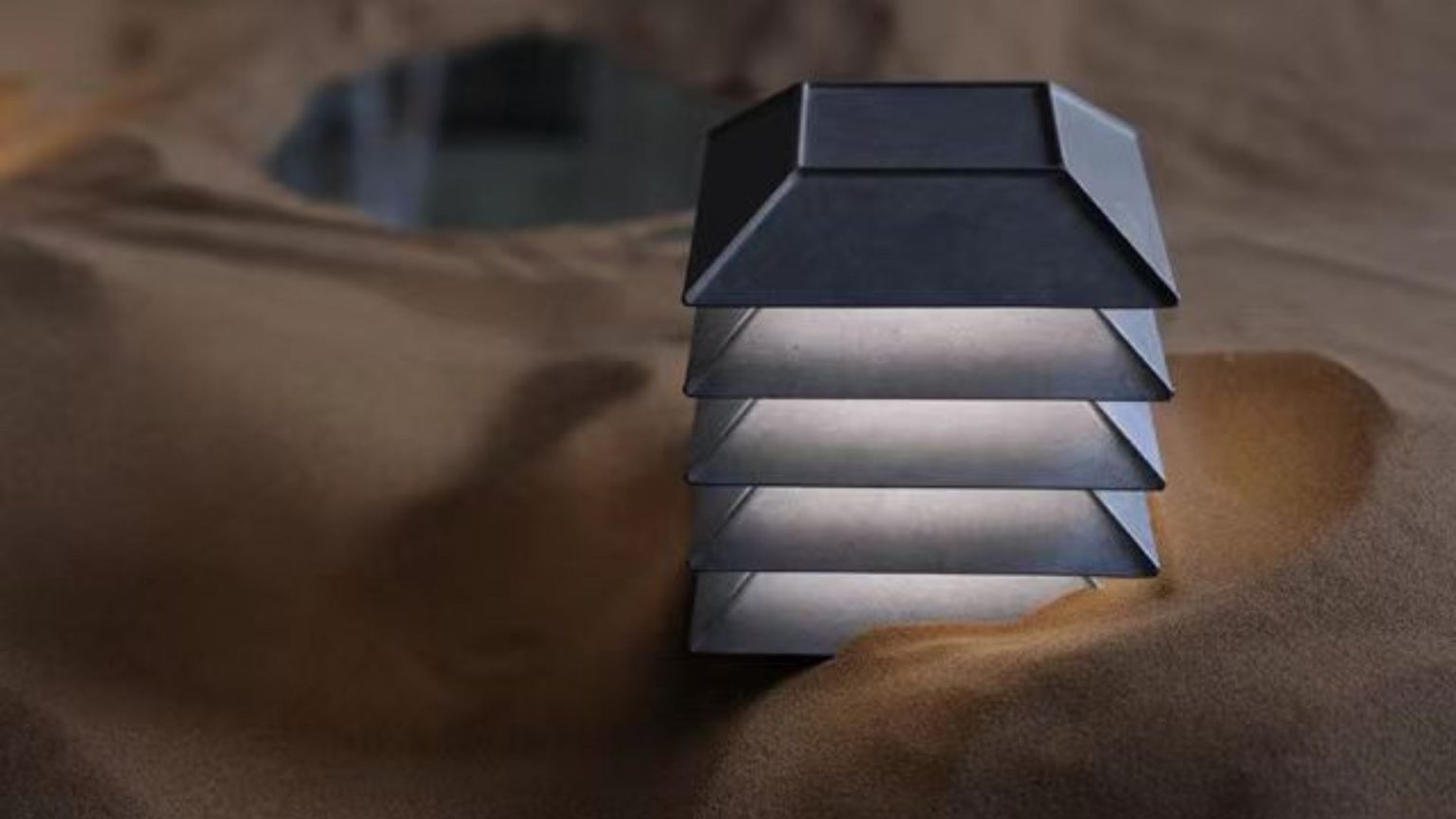China is a land of immense opportunities, particularly for designers. The country’s vast industrial districts, some of which house thousands of manufacturers, create a high demand for new designs. This demand allows ideas to come to life quickly, a stark contrast to Europe, where the manufacturing process is slower and companies often hesitate to commit to production. This fast-paced environment has led many Chinese designers to focus primarily on their domestic market, with few venturing into international territories—until recently. Among the exceptions is Mario Tsai Design Studio, founded by Cai Liechao, which is quickly gaining global recognition for its innovative approach to design.
Mario Tsai’s journey began with a strategic vision to position himself both in China and Europe. By exhibiting at major design fairs, he gained visibility and reached a pivotal moment that would shape his studio’s future. Initially a traditional design practice, the studio evolved into a hybrid—blending the roles of a design studio and a manufacturing brand. This shift occurred after Tsai noticed that his prototypes attracted more interest from architects and interior designers than from brands, leading to a surge in direct inquiries. Today, Mario Tsai not only designs products but also manufactures them under his own brand, a dual role that grants him greater creative freedom and enhances his brand’s global recognition.
Tsai’s career began as an engineering student, and he later transitioned into design, earning a degree in Furniture Design from Beijing Forestry University in 2011. He worked as both a designer and engineer at a major furniture manufacturer in Beijing before relocated his studio to Hangzhou in 2016. Over the next few years, his studio gained recognition through international exhibitions in Stockholm, Milan, and London, and collaborations with renowned brands like Ferm Living and Woud. By 2019, his signature Mazha Lighting System debuted at Milan Design Week, marking a turning point in his career. In 2020, he expanded his reach with solo exhibitions in Hangzhou and Shanghai, and by 2021, he launched his eponymous brand, MARIO TSAI, dedicated to producing and selling lighting and installations. Despite his success, Tsai reflects on the early challenges of navigating the industry without recognition or financial backing.
Chinese culture has profoundly influenced Tsai’s design approach, blending tradition with modernity. While many associate Chinese culture with rich traditions, Tsai sees it as a fusion of the past and present. He draws inspiration from the pragmatic and hardworking spirit of Chinese culture, which drives him to continually progress and innovate. At the same time, he seeks spiritual depth in his designs, a pursuit rooted in traditional Chinese culture. This duality allows him to create work that is both deeply personal and universally relatable. Tsai’s designs are not just functional; they are imbued with a sense of cultural identity that resonates globally.
European design has also played a significant role in shaping Tsai’s journey. As the birthplace of modern design, Europe served as both a source of learning and a benchmark for Tsai early in his career. He adopted a competitive mindset, comparing himself to his European peers and using this as motivation to grow. However, he notes that European design is becoming increasingly rigid and uninspired, with resources growing scarcer and competition intensifying. Despite these challenges, Tsai sees an opportunity for a new generation of designers to redefine the industry. His engagement with European companies through exhibitions, product launches, and media exposure has been instrumental in shaping his vision. For Tsai, European design remains an essential force, driving his growth through learning, competition, and collaboration.
The motivation behind Tsai’s decision to create his own brand stemmed from a desire to push boundaries and pursue pioneering design. Through his collaborations with various companies, he often found that the final products fell short of his expectations, constrained by clients’ budgets and commercialized visions. By launching his own brand, Tsai sought to balance design and business without compromising his creative vision. This approach has allowed him to explore new possibilities and create work that is truly innovative. Today, Mario Tsai operates his own factory, where he balances creativity and production with the help of a fourteen-person team. Design and research are at the core of his process, and he takes on multiple roles—from CEO to photographer—to ensure that every aspect of his work is infused with design thinking.
In terms of aesthetics, Tsai’s products are known for their functional beauty and striking intensity. He meticulously refines the proportions of every detail and Thoughtfully applies materials to achieve a visually compelling result. This level of refinement requires both design experience and a natural sense of aesthetics. Design installations also play a crucial role in his creative research and business growth. While developing a single product is cost-effective, creating modular systems that function as scalable installations offers greater long-term advantages. These installations not only reduce costs but also enhance the adaptability and longevity of his product lines. From a marketing perspective, large-scale installations attract attention in today’s social media-driven world, making them a pragmatic and forward-thinking strategy that balances commercial viability with creative impact.
